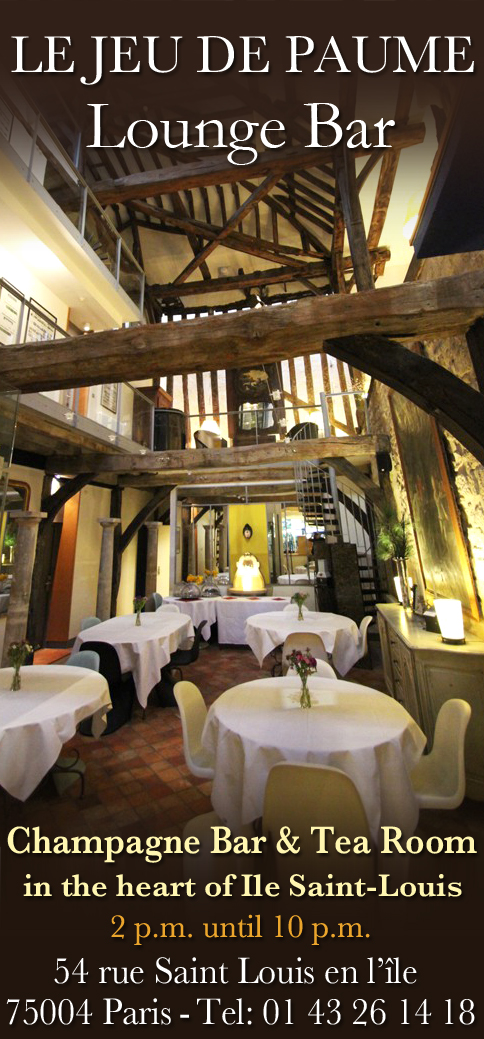 Rue des Rosiers
Rue des Rosiers
Where is the soul of the Pletzl ?
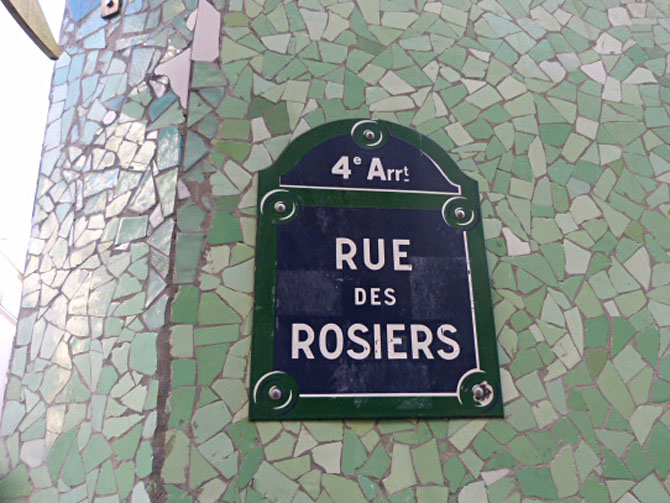
“Things aren’t what they used to be.” It’s a common lament these days as people stroll down the historic rue des Rosiers, the heart of the Jewish quarter known as the “Pletzl” in the Marais.
Over the past 40 years, the neighborhood has undergone a gentrification that has recently sped up to breakneck pace. In the last five years, the many Jewish bakeries, delicatessens, Judaica shops, and kosher butchers that once lined this medieval street have gone, replaced by spiffy new high-end shops that provoke comments like “the only thing Jewish about the rue des Rosiers nowadays is that the boutiques are open on Sunday.”
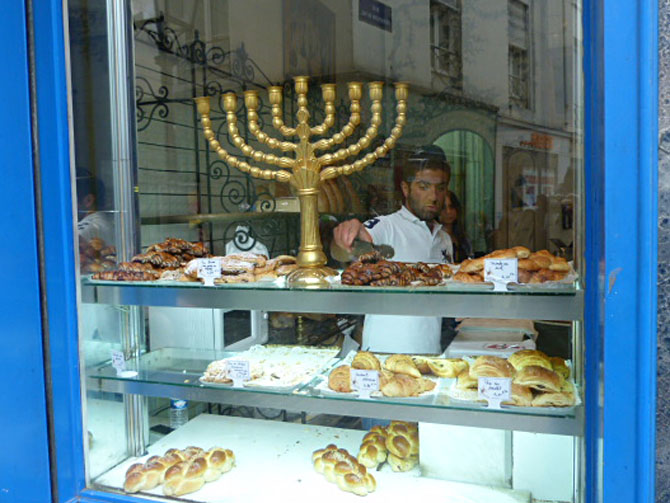
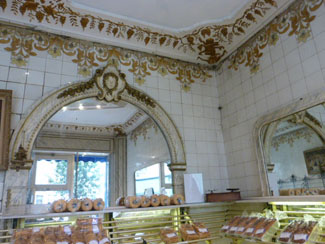
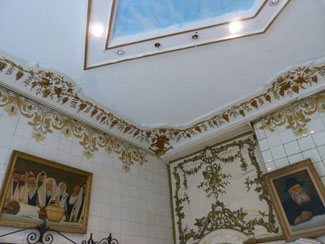
It’s a wise observation. France, a Catholic country, still fines stores that open on Sundays. However, since Jews worship on Saturday, the city waives the fine in the Marais which explains the huge influx of "boutiques de fringues" (clothing shops) in the district.
But what touched off this transformation? Charting the changes of a neighborhood is no easy task.
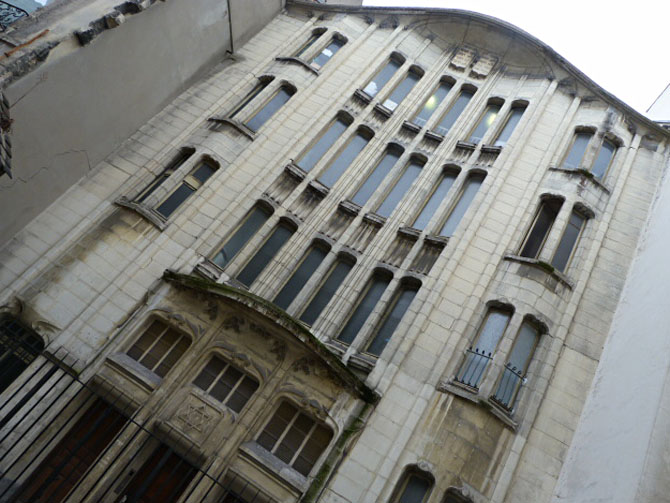
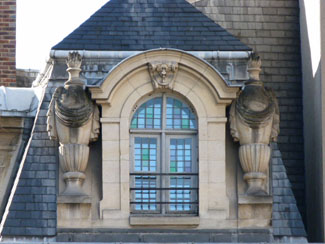
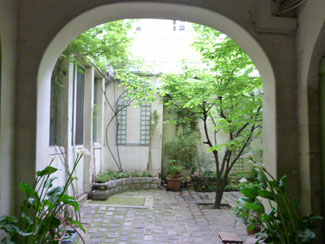
Things began shifting very slowly in 1962, when André Malraux, Minister of Culture, put a protection order down on the neighborhood – which was commonly called the “armpit of Paris”. The area was earmarked for demolition, from the banks of the river Seine all the way to the Gare de l’Est. Malraux foresaw the tragedy and thwarted it. Little by little, the run-down 17th century mansions, overrun by poor, working class, predominantly Jewish families or disfigured by having been turned into factories, were renovated. A key moment came when the Hotel Salé, a dilapidated mansion in the northern part of the Marais, was totally renovated and opened its doors as the Picasso Museum in the 1980's.
The gay community, always alert to neighborhoods on the verge of gentrification, began trickling in and renovating apartments. Two gay bars slipped in at the end of the rue des Rosiers and the Jewish neighborhood was slowly engulfed by another ghetto... But still the Jewish community was intact. A small community had already been living in the Pletzl (Yiddish for little square) since the middle ages. After centuries of expulsion, they flooded back at the end of the 19th century, when pogroms in Eastern Europe sent millions of Jews, seen as second-class citizens, abroad. France, the first European country to recognize Jews as citizens with civil rights, naturally drew hundreds of thousands of immigrants. The floodtide of displaced people arrived at Gare de l’Est. Disoriented, they found their way to the poor streets of the Marais, where they set up as best they could.
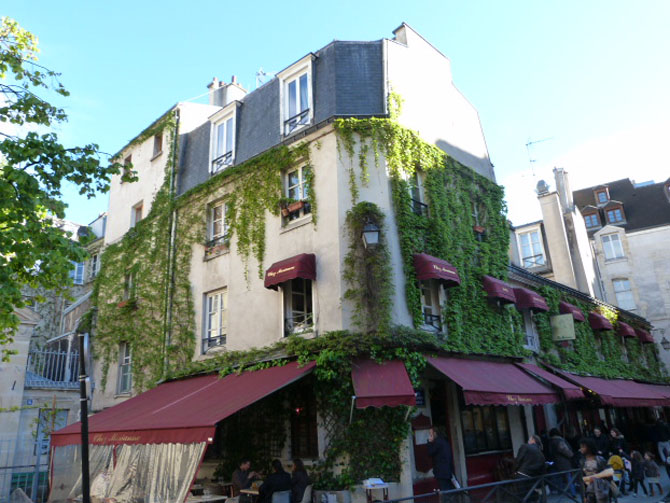
Poor housing, with toilets in the corridors and an average of 30 families crowding into a large, old mansion or apartment building. Yiddish was the prevalent language. Many synagogues cropped up, along with kosher delis and restaurants as well as schools.
In France, children go to school on Saturday morning, but these schools closed on the Sabbath. As in the Lower East Side in New York, the garment trade was popular, offering work to poor, unskilled laborers. It was a distinctly poverty-stricken area, but full of local color and camaraderie.
The Pletzl is, in fact, a sort of square with four major streets outlining the parameters. The rue des Rosiers and rue du Roi du Sicile run parallel, east / west, buttressed by rue Pavée and rue Vieille du Temple, which run north / south. Rue des Rosiers is also crossed by Rue des Ecouffes and rue Ferdinand Duval.
Rue Ferdinand Duval was called rue des Juifs from the 13th century until 1900 – a reminder that Jews lived in the neighborhood centuries ago. And rue des Ecouffes (meaning the birds of prey called kites in English), is a reference to Jewish moneylenders in the middle ages, later replaced by moneylenders from Lombardy.
Other, older Jewish owners, ready for retirement, threw in the towel. Now, the newer end of rue des Rosiers, from rue Pavé to Ferdinand Duval, has virtually no Jewish shops left. This part of the street was opened up in the 1850s, under the Haussmann development of Paris.
Oddly enough, these trendy shops are having a hard time remaining open. Though great for window-shopping, their prices are closer to those of the elegant stores on avenue Montaigne. In fact, it seems like the street is once again poised for change. An Adidas shop opened, after a chic boutique closed its doors, and COS (a slightly more upscale H&M store) now occupies the former hammam. Will the street become like SoHo in New York City, with the trendy and original giving way to the more mainstream mid-range stores?
Still, there are falafel shops, vying to be the best in the world, at the far end of rue des Rosiers. L’As du Falafel claims it’s the best, and judging from the lines, 30-people thick, many agree. But the Falafel King is snapping at their heels. Its owner is happy about all the tourism and says business is booming.
The two Finkelstajn bakery/delicatessens (Mr. Finkelstajn at 25 bis rue des Rosiers and ex-wife Kahn-Finkelstajn at 24, rue des Ecouffes) also can’t complain about business even if it’s decidedly different from 40 years ago, when locals would purchase their challah bread there in the morning. Now, lines of tourists form in the afternoon to enjoy chopped liver and bagels.
Meanwhile the owner of a kosher pizza place, Mr. Benaim, a Hassidic Jew, is sad to see the neighborhood change and thinks the Mayor doesn’t have the best interests of the historic street at heart.
Things start to seem awfully anachronistic as you wander into Lamarthe, holding your 8-euro falafel, to purchase a 700-euro leather designer bag.
Thank goodness there’s still a yeshiva on rue Pavée and several synagogues scattered throughout the area. Without them, there would be no active Judaism on these streets… Just memories of what once was, with stirring plaques reminding people of the horrifying round-ups and deportation of the Jews during World War II.
Perhaps the saddest note on the street is the closing of Goldenberg in 2007. The restaurant/deli was an absolute fixture in the neighborhood. Jo may not have always been the nicest person, but his restaurant was synonymous with the Jewish experience. Ministers and presidents had eaten there. Ironically, in the terrorist attack of 1981, all those killed there were non-Jews. The window, with yellow paint around the bullet holes, and the plaque in memory of the dead, testified to the “never forget” philosophy. Strangely the plaque was removed when the restaurant closed. Problems of hygiene shut it down and Jo was already forced to change the bullet-shattered window a few years ago. Rumor has it, he sold the place to a cousin three weeks before he knew he was about to be closed down. The Costes brothers had their eye on it but many problems with the syndic and a kitchen not up to health standards had them pull out. The fate of this restaurant, like so much on this ancient street, is up in the air.
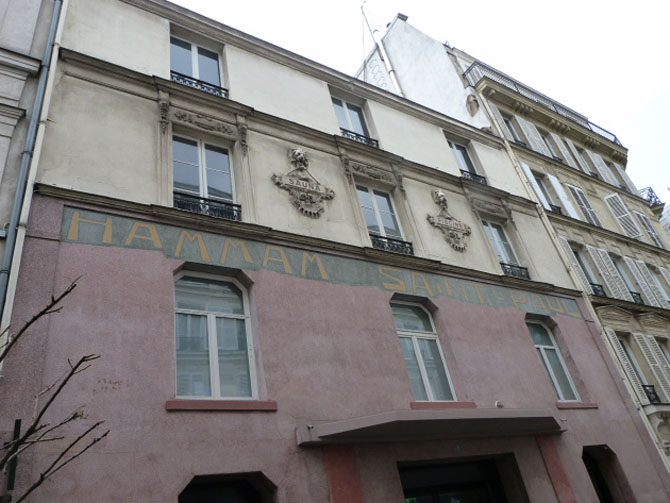
Like it or lump it, change is here to stay on rue des Rosiers, but where it will lead nobody knows. Let’s just hope that the Jewish heart and soul of the place won’t be entirely squeezed out.
Article by Pamela Grant ✡ for parismarais.com
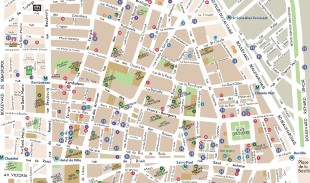


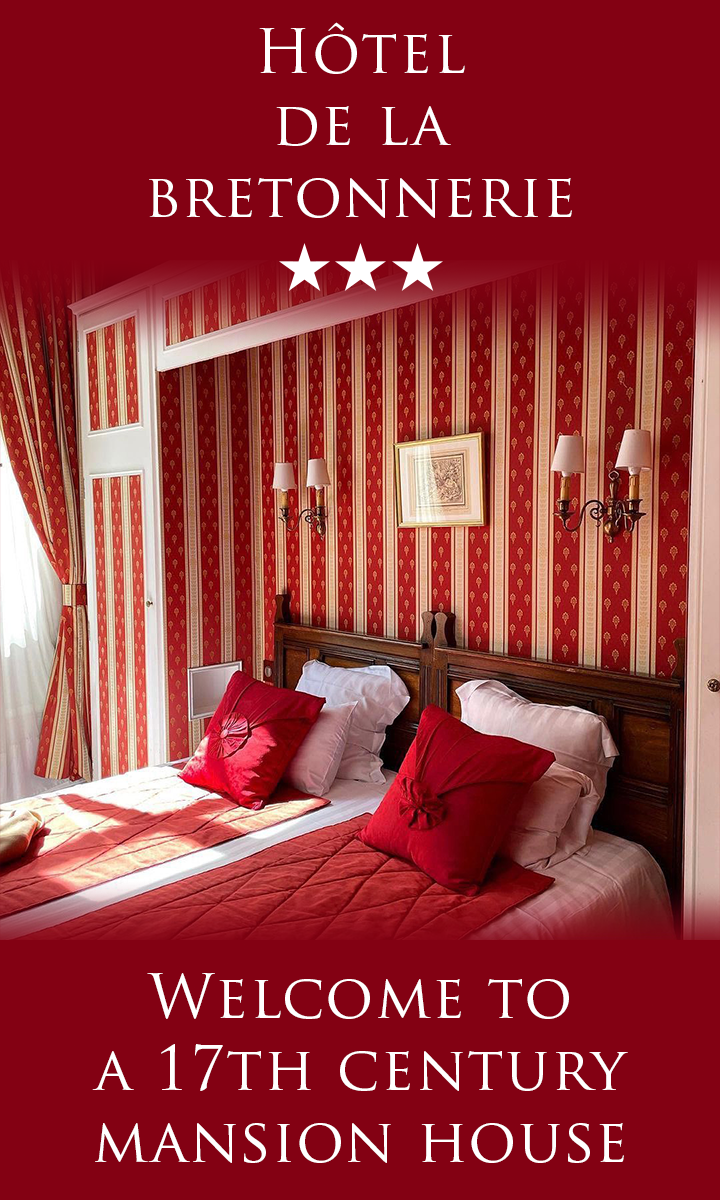
.jpg)
